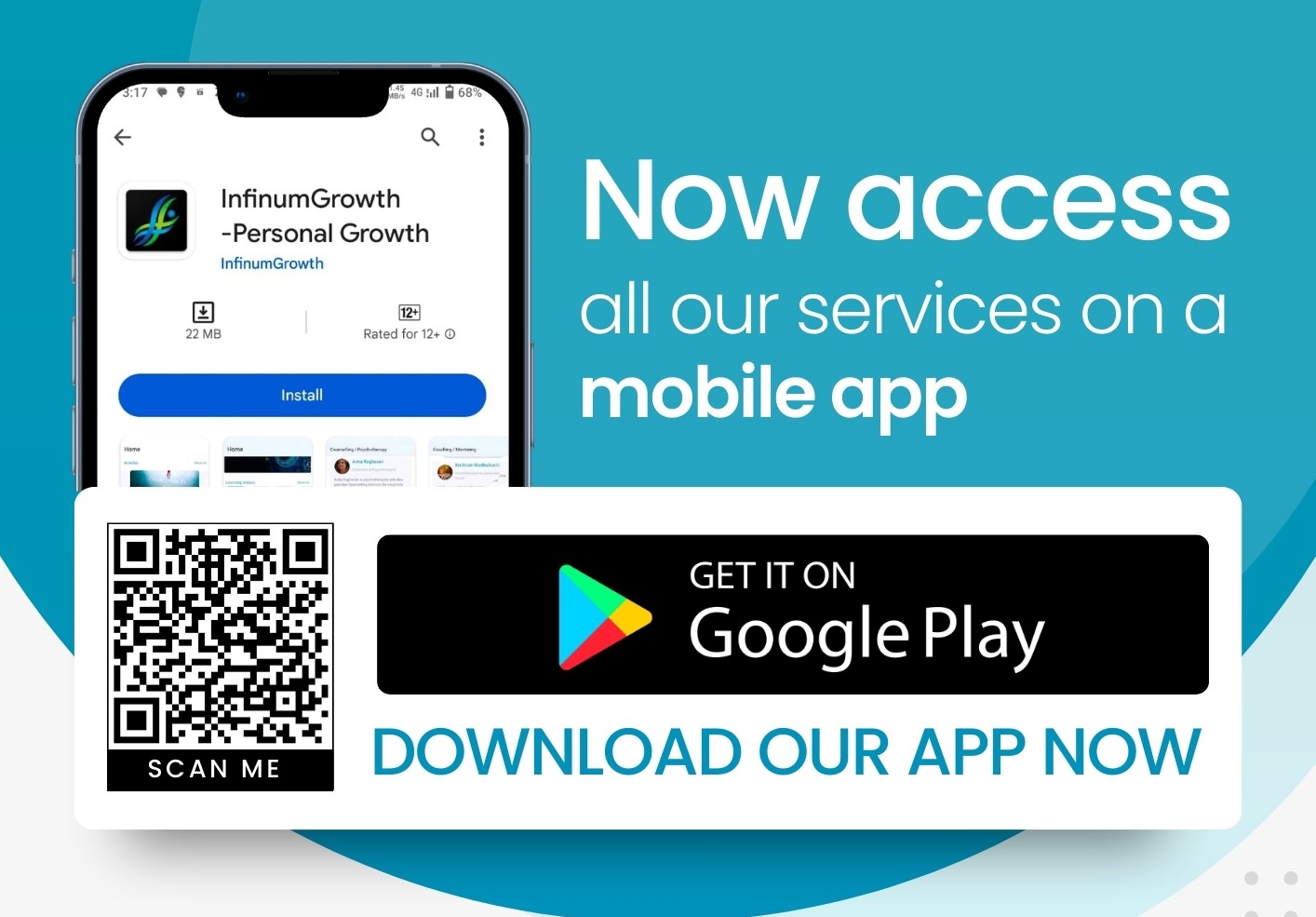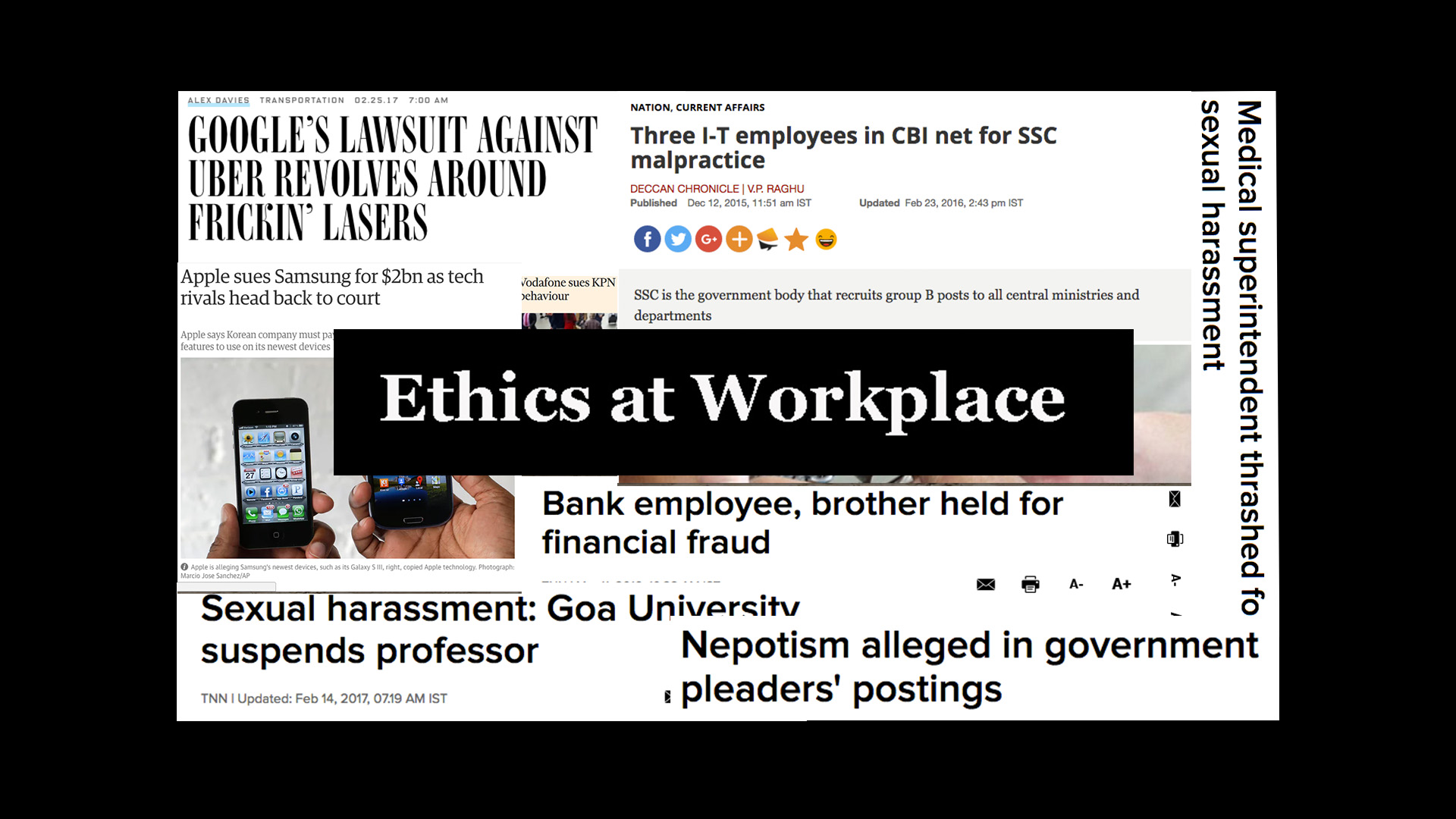Leadership is not learned in a classroom or from management manuals – it is shaped in the crucible of real work situations through multiple leadership lessons.
Over the years, I have been tested by challenging projects, organizational bottlenecks, conflicts, personal sacrifices, and the responsibility of guiding others. Each experience left behind a leadership lesson that shaped my approach to leadership – not as a position of authority, but as a commitment to perspective, empathy, values, and integrity.
Work situations teach about leadership by revealing that true leaders are proactive, people-focused and learn from mistakes; not just reactive or task-oriented. Leadership lessons often arise from witnessing both positive and negative examples of management; highlighting the importance of building trust, mentoring, fostering a culture of collaboration and learning from failure; and understanding that effective leadership requires empathy and genuine care for others, beyond one’s direct team.
When I reflect on my professional journey, I find that the greatest lessons in leadership did not come from textbooks or formal courses. They came from real work situations – sometimes exhilarating, sometimes painful, but always enriching. Each challenge, project, and decision has been a teacher in its own right.
Leadership Lessons – The 11 Principles Learnt
What follows are the 11 principles I have drawn from my own experiences. 11 principles for leading with maturity, empathy and integrity in complex times. They are not prescriptions, but leadership lessons learnt from my reflections – ideas that may resonate with professionals who are shaping their own leadership journeys.
1. Understanding Business Variables from Multiple Angles
Business decisions rarely exist in a straight line. Early in my career, I learned this key leadership lesson, while working on a product launch. Everything looked promising: strong clinical support, enthusiastic sales teams and encouraging feedback from early adopters. Yet, after launch, the numbers disappointed.
Instead of looking for a scapegoat, I forced myself to step back. Why were we not seeing traction? I began to examine the situation from multiple angles – doctor perceptions, my team’s understanding of the brand and its core strength to add value to the patient, competitor actions, distribution bottlenecks, patient affordability, even the subtle cultural preferences of different regions. Only then did the full picture emerge. The strategy had to be recalibrated; and once we did so, the product found its rhythm and eventually became a reliable growth driver.
That experience reinforced the leadership lesson that leaders must train themselves to see the whole chessboard. Looking at business variables from multiple perspectives builds clarity, reduces bias and allows for better decision-making.
2. Listening More, Speaking Less – a practice that teaches many other leadership lessons
When I was younger, I felt that speaking often in meetings was a way to show my competence. Over time, I realized the opposite was true: influence often came from listening more, absorbing what others were saying; and then speaking less, but with clarity.
I recall one particularly tense review where tempers flared and people were talking over each other. I stayed quiet, taking in the perspectives and emotions. When the noise subsided, I summarized everyone’s concerns and suggested a way forward. The room calmed down. That moment taught me that silence, when anchored in attention, can be more powerful than words.
Leaders do not need to dominate conversations. They need to create space for others, and then contribute with precision when it truly matters.
3. Leading Complex Projects with Maturity
Leadership is tested in complexity. One of my most demanding assignments involved driving a G2M Project, reorganisation of the territories pan India to optimise customer coverage, setting up operations in a new geography; and simultaneously integrating the new culture of the MNC organisation with a local company which was acquired.
I had a global reporting and had to give quarterly updates on the progress of the project to my global team. The scope was vast – recruiting talent, working on the new and revised job descriptions along with HR, establishing the connect with the employees, training of the team on the ground, understanding of the heritage company employees and aligning them with the new culture.
Besides these, there was work for removing the bottlenecks in the area of pricing, packaging, positioning and promotion of the brands as per the new strategy; distribution, securing regulatory approvals and engaging customers.
There were moments when the pressure was immense. Resources were limited, expectations were high, and early missteps created doubts. What helped was taking a long-term, structured approach: breaking the project into clear phases, focusing on critical milestones, and not losing sight of the bigger picture.
The initiative eventually succeeded, becoming a benchmark for expansion. The key leadership lesson: complex projects require maturity – balancing urgency with patience, direction with detail, and tactical adjustments with strategic vision.
4. Tackling Bottlenecks Pragmatically
Every organization has bottlenecks – structural, procedural or interpersonal. I remember a situation where two departments were locked in a tug-of-war over resources. Progress was frozen and frustration was mounting.
It would have been easy to escalate and assign blame. Instead, I sat with each team individually, listened without judgment; and reframed the issue in a way that exposed the common ground. Once the problem was seen through a pragmatic lens, a compromise was possible and momentum returned.
Conflict may attract attention, but resolution creates progress. Leaders must choose the latter.
5. Leading with Empathy while Serving the Organization
One of the hardest balances in leadership is between empathy for individuals and loyalty to organizational goals. During a restructuring, I had to reassign roles and set higher performance expectations. These were tough conversations, but I approached them with empathy: I explained the rationale, listened to concerns and offered support in transitions.
At the same time, I held firm to the organizational priorities. An important leadership lesson – People may not always agree with a decision, but they respect it when it is handled with fairness and compassion. That balance has been central to my leadership philosophy.
6. Taking the Long-Term View
In an environment that celebrates quarterly wins, I have often leaned toward long-term thinking. I recall moments when immediate financial pressures suggested cutting back on investments in training or brand-building. Yet, I argued for retaining them, believing they were essential for future strength.
Those decisions were not always popular in the short term, but years later, they paid off—stronger teams, trusted brands and resilient performance. My guiding question has often been: “Will these matter five years from now?” That perspective helps leaders distinguish between noise and signal.
7. Personal Sacrifices for Larger Goals
Leadership also extends beyond office walls. There was a long phase in my career when I had to live away from my family to fulfill professional commitments and financial responsibilities. It was not easy – loneliness, separation and the weight of responsibilities tested me deeply.
Yet, I carried that phase with dignity, because I believed in my dual role: providing for my family and serving my organization. Those sacrifices taught me resilience and perspective. They reminded me that true leadership sometimes requires putting others’ needs above personal comfort.
8. Aligning with Organizational Core Values
Every organization I served had a set of stated values. Too often, I noticed, values are quoted in presentations, but forgotten in day-to-day actions. I made it a point to embody them in every interaction – whether in team meetings, customer engagements or strategic decisions.
Values are not taught; they are caught. Teams observe leaders more than they listen to them. By living the organization’s core values consistently, leaders set the tone for culture.
9. Integrity in All Deliverables
Markets shift, projects succeed or fail, but the one non-negotiable in leadership is integrity. I have always believed in being transparent, fair, and honest – even when it was inconvenient.
Integrity is not about grand declarations but about the little choices: honouring commitments, being truthful in reporting, treating people with respect and never compromising on ethical standards. Trust is the true currency of leadership; and integrity is what builds it.
10. Managing Conflicts with Balance and Dignity
No organization is free of conflict – whether between individuals, teams, or even strategic priorities. I have seen conflicts derail projects when handled poorly; but also unlock growth when managed constructively.
I remember one instance where two senior colleagues had reached an impasse over approach – each convinced their way was the only way forward. The disagreement began to ripple into their teams, creating silos. Rather than take sides, I created a safe space for both to present their views openly. By acknowledging the merit in each perspective; and then reframing the debate around the larger organizational goal, we arrived at a blended solution.
That moment reinforced for me the leadership lesson: that leaders must manage conflicts with balance and dignity – neither avoiding them nor fuelling them. The goal is not to “win” an argument; but to restore focus, preserve relationships, and keep the organization moving forward.
11. Mentoring the Next Generation of Leaders
As I advanced in my career, I realized that one of my most important responsibilities was to prepare others to lead. Young professionals often bring energy and ambition but lack resilience in the face of setbacks. I made it a point to mentor them – encouraging them to be methodical in approach, patient with outcomes and resilient in spirit.
I often shared with them: success is not about avoiding difficulties, but about navigating them with steadiness. Mentoring younger colleagues has been one of the most fulfilling aspects of leadership for me, because it multiplies impact beyond one’s own role.
Closing Reflection
Looking back, my leadership journey has been about balance:
- Between analysis and action
- Between listening and speaking
- Between empathy and accountability
- Between short-term urgency and long-term vision.
These 11 principles I have shared as my leadership lessons- born out of real situations, personal sacrifices and organizational responsibilities – have shaped my belief, that leadership is not about titles, authority or quick wins. It is about perspective, patience, values and integrity.
If there is one message I would leave for future leaders, it is this: leadership is not about being at the centre, but about enabling progress – for your people, your organization and the values you stand for. Titles may change, roles may end, but the lessons endure.
True leadership is not about titles or authority – it is about the choices we make when faced with complexity, conflict, or uncertainty. My own journey has taught me that leadership grows out of listening more than speaking, solving rather than escalating; and holding on to values when it is most difficult to do so. These are the lessons that have stayed with me and continue to guide how I work and how I mentor others.
Are there any learnings you have in your leadership journey which you may wish to share? Would love to hear your perspectives and thoughts.
Have an inspiring day ahead!
Please do leave your comments at the bottom and do share with others if you like this article.















